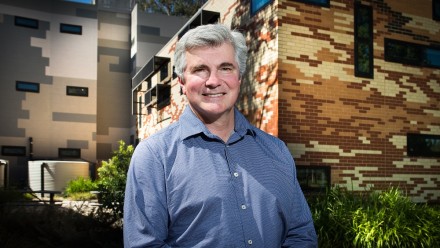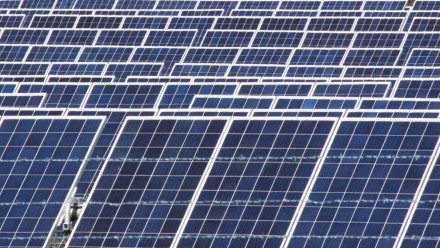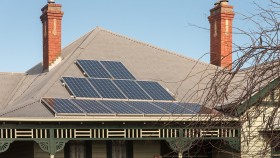Promising future for renewable energy in Australian agribusiness
Extract:
Reducing fossil fuel dependency in the Australian farming sector
Much of that change is already underway, according to Professor Ken Baldwin, the director of the Energy Change Institute at the Australian National University. “This is a good-news message for agriculture in particular,” he said.
Under the Paris Agreement, Australia has committed to reducing its carbon emissions by 26-28% by 2030. Agriculture is responsible for 13% of those national emissions, but much of it comes from biomass decay and the methane emissions of livestock, which are difficult to change.
But energy consumption is what Professor Baldwin describes as low-hanging fruit in the energy mix and can be adapted to contribute to fewer emissions. “If we can change fossil fuel-based electricity production to solar and wind and hydro types of renewable energy production, then we can address our emissions position very quickly,” he said.
Renewable energy sources will become an integral part of not just Australia’s economic future but also the world’s. “In the north of Western Australia’s Pilbara region we have enough solar and wind resources available to generate enough electricity to power the rest of the world,” he said. “That is how big our resources are.
“These forms of renewable energy are the energy revolution in raw form and it’s a revolution going on right now, and it’s going gangbusters. The costs of solar panels and wind turbines are coming down consistently, so much so that it is now cheaper to build a wind farm or a solar farm than it is to build a coal-fired electricity plant.”
Solar and wind renewable energy cheaper than coal
That means business is unlikely to ever build another coal-fired power station in Australia. In other words, Professor Baldwin said, our future energy is renewable. “We lead the world in the take-up of solar and wind turbine renewable energy and that is faster than any OECD country.
“We are currently installing 250 watts of energy generation per person per year and have the highest penetration of rooftop solar panels in the world at 24%.
“We are world beaters in the adoption of renewable energy and the agriculture sector is an increasing part of that.”
The future potential is enormous, the Professor said, with the possibility Australia could even become the powerhouse for China, Japan and the rest of Asia as it transitions from fossil fuel to renewables in the next decade.
The technology to store renewable electricity as hydrogen and then to ship it internationally already exists, opening a huge future export potential for the economy as the world assigns fossil fuel to the past.
Read the full story in The Land











